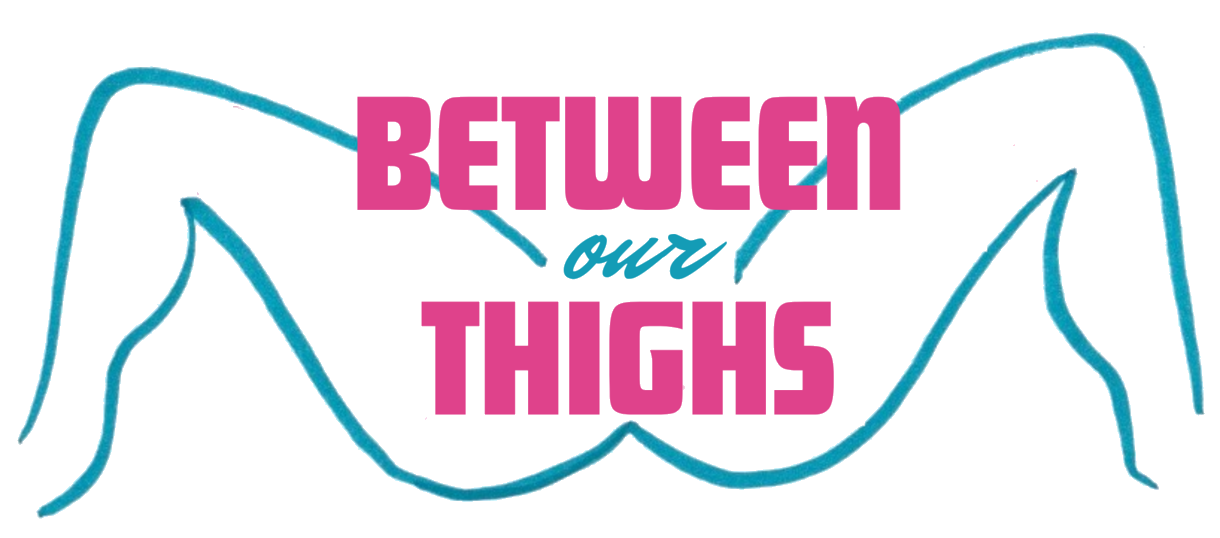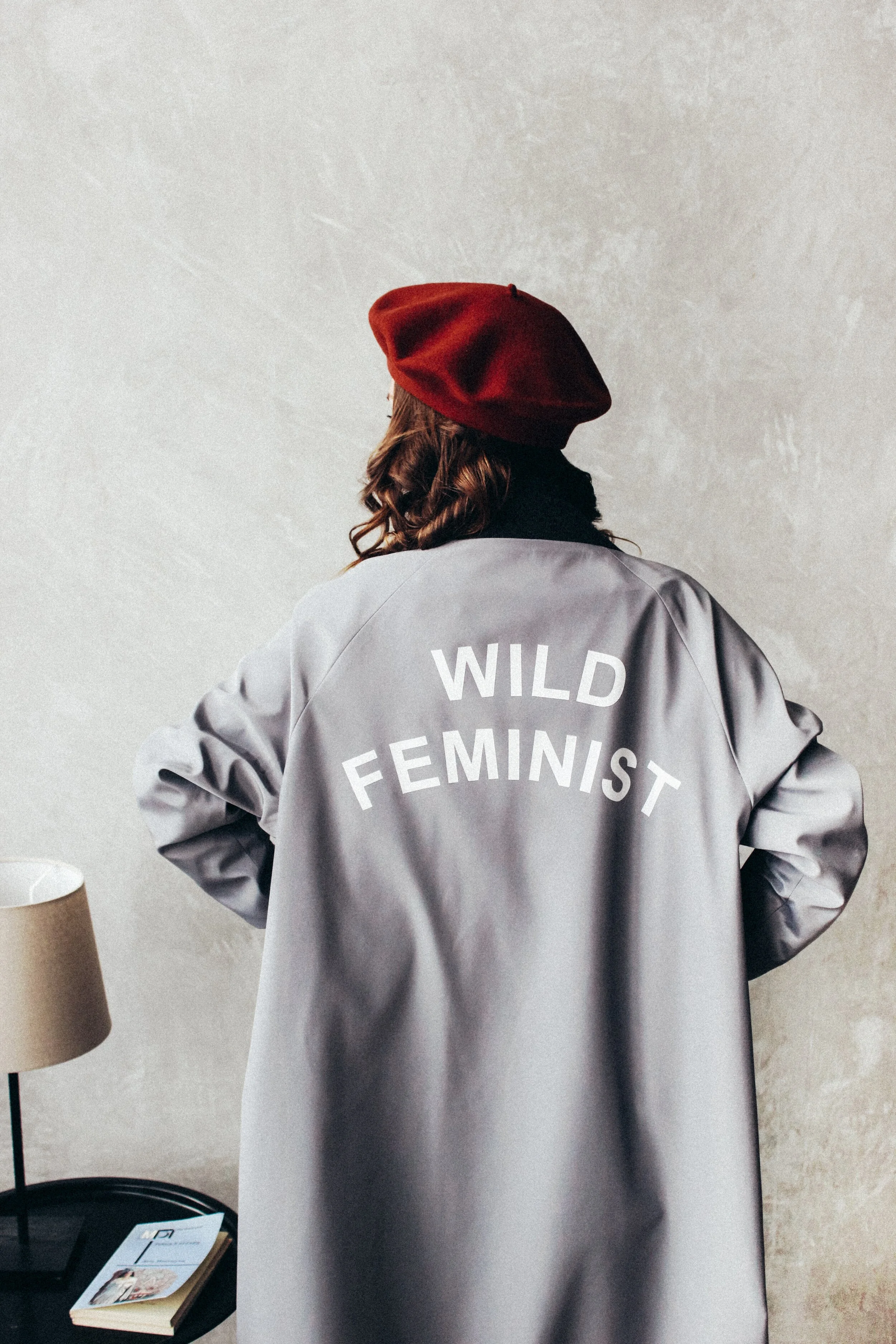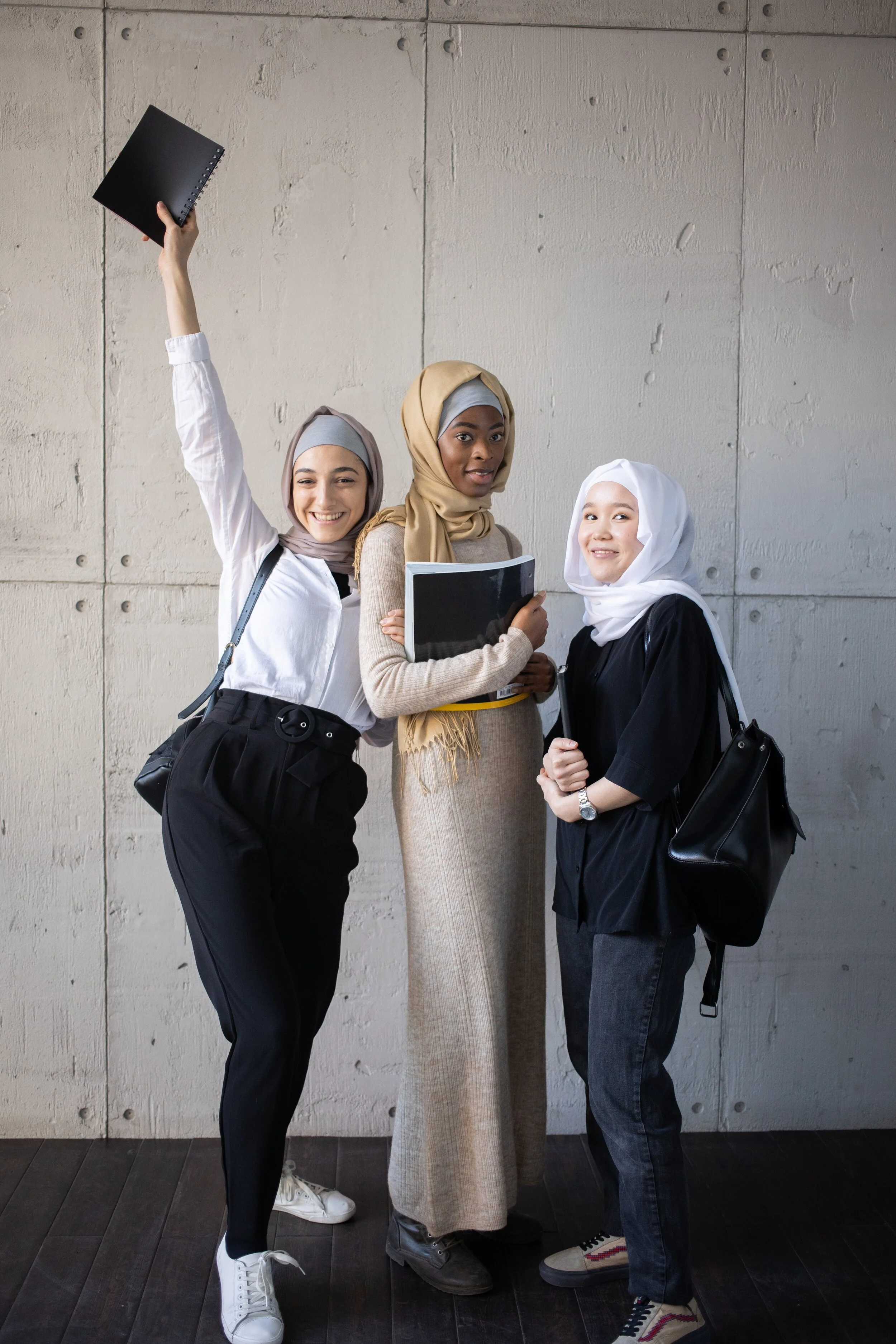It’s the 21st Century: Time to Get on Board the Feminist Movement
We live in the 21st century, people — we shouldn’t have to advocate for women’s* rights. It should just be as natural to us as breathing oxygen. As folx around the world continue to push for and promote equality of the sexes (yes, you read that right; feminism is not about claiming women are better than men, but rather, that everyone is equal), it’s important to understand that ‘women’ can encompass so many different people. To identify as a woman does not mean you have to fit into a specific box; race, education, gender, age, ability, sexual orientation, religion, language, class, ethnicity, and culture, among other things; they can all play a role in whether or not a person chooses to (or not to) identify as a woman.
The bottom line? Being a woman does not make a person inferior or less deserving of anything. It’s not an open invitation to be called a prude if they are ‘too conservative’ of their bodies or in a self-induced dry spell, nor slut-shamed for being sexually adventurous. It’s not being accepting of a straight, white, feminine-presenting Christian woman while turning your back on a woman who is queer, Black, gender non-conforming, and atheist. At the end of the day, feminism — particularly intersectional feminism — is for everyone. Everyone should be a feminist!
*Please note that in this article, our use of the words ‘masculine,’ ‘feminine,’ ‘man,’ and ‘woman’ reference the dichotomous bi-gender norms mainstream society uses. We do not believe that these words are so easily defined, nor that humans exist only on the gender binary.
This isn’t just a casual social movement
While having respect towards anyone identifying as a woman and an overall sex-positive attitude are two critical components of feminism, it’s not all of it. In fact, it’s far from being the whole story. It’s important to understand that to be a feminist, you can’t just see it as a casual social movement you can pick up and ignore when convenient.
As cliché as it may sound, feminism is a way of life. It’s something we must all believe in and be on board with, something that is non-exclusionary. True feminism is intersectional: acknowledging that all women’s voices must be heard to encompass different experiences and aspects of a woman’s identity. In other words, it’s separate and much more meaningful than the aptly named ‘white feminism’ we so often hear about.
Yes, white women face struggles because of their gender identity; nobody denies that. However, this narrow-minded perspective fails to address the multitude of other ways ethnic minorities, women of lesser privilege, and others are experiencing oppression (in addition to struggles faced due to their sex or gender). That said, as a white, heterosexual, cisgender, middle-class woman myself, as a child and into my teen years, while I could see the sexist things that happened to me, I was blind to the layers and dynamics that other factors played into gender-based violence and oppression. As time went on, however, and I began to hear stories of the issues the women in my life faced, it became clear that there was so much more to this story. Women across the globe, while likely all experiencing discrimination in some way, are experiencing it differently. The truth is, women like me don’t have it as bad and need to be aware of that. We, too, need to be intersectional feminists and stand with our sisters.
Liberating women’s sexuality is not an invitation for harassment
According to Statistics Canada, in 2019, in Canada, “one in three (32%) women and one in eight (13%) men experienced unwanted sexual behaviour in public.” While no one should ever have to experience these unwanted advances or behaviours, regardless of gender, the fact remains that women are around 2.5 times more likely to face this than men. Sadly, gender-based violence doesn’t just occur in Canada and happens globally.
Yet, just as men can comfortably live with liberated sexuality (for example, without the imminent threat of dating violence or being judged for watching porn or sleeping with someone new), so should women. Unsurprisingly, eradicating this will manifest in a variety of shifts in our culture. This might be women not experiencing guilt about getting eaten out without feeling obliged to reciprocate with a blowjob every single time for their penis-owning, male-identifying partners. It might look like women feeling more confident in wearing lingerie for themselves and their own confidence, or exploring their sexuality more freely because masturbation is good for you. It could feel comfortable exploring a friends with benefits relationship without the shame of not wanting to commit to a long-term relationship or, perhaps, even enjoying group sex and play parties.
When it comes to a woman’s sexuality and sexual expression, the choice should always be in her hands. That said, the degree to which she chooses to (or not to) express this should never be an open invitation for others to comment on, harass, or assault her. Everyone needs only to worry about their own bodies, not about policing the way those around them flaunt theirs.
Gender expression does not represent ‘how feminist’ you are
The degree of traditional femininity that a person presents to the outside world is not — and should never be — an indicator of how feminist they are. Too often, anti-feminists paint feminists as radical women who shave their heads, refuse to shave their body hair, hate men, and dress in a ‘hypermasculine’ way to “make a point.” Cross my heart, this is what some guy I once worked with said to me (after telling me I was a “Feminazi” for the simple fact I rebutted his comments that “men are biologically and evolutionarily better than women.” Believe me, I wish I were joking).
What this all boils down to, though, is that feminism has no specific look. You can dress however you want, style your hair (or lack thereof) however you want, identify as any gender — whatever you want — and still identify as a feminist. Hopefully, an intersectional feminist that advocates for the rights of all women.
Honestly, this is a big reason why I think that gender reveal parties suck (but that’s a whole other story. Between Our Thighs’ article hits the nail on the head with it, though). Personally, I think that while gender identity is important to the person themself and how they feel in their body and choose to present to the world around them, it really isn’t anyone else’s business to tell them how they should or should not act or behave based on a binary. Let people live their lives the way they want to; as long as no one is being hurt or having their liberties stolen from them (hence the importance of feminism), what does it matter to anyone else?
Feminism should include everyone
I really, really want to drive this point home: feminism is for everyone, and feminism should encompass all women.
Factors including race, gender, education, age, (dis)ability, sexual orientation, religion, language, class, ethnicity, and culture — along with a potential of many other things — can all contribute to whether or not a person chooses to (or not to) identify as a woman. Again, this is why it becomes essential to acknowledge that, even if you identify as a woman, not every other woman on the planet has the same lived experiences as you. Thus, the world around her will respond differently; it may be adding additional hardships for her to face, in addition to her gender.
Intersectional feminism is also essential to be a true LGBTQ2S+ ally. Lesbian, bisexual, trans, queer, intersex, non-binary femme-presenting, two-spirit folx... the list of people targeted by gender-based oppression and homophobia, and who are often left out of the conversation of white feminism, is a long one. This includes trans men, who are attacked for ‘not presenting masculine enough’ and non-binary folx who embrace both feminine and masculine being criticized for ‘not being woman enough.’
Adding on complex layers, we can see even more dilemmas arising for BIPOC, those who embrace non-Western cultures and customs, those who have dropped out of school, the very young and elderly, people with disabilities, non-Christians, non-native English Speakers (at least, in English-speaking Western nations), and low-income people. Every aspect of a person that ‘diverges’ from the ‘average’ person in their community can be othering.
By now, equality of the sexes and genders (or lack thereof) should be second nature. Instead, many of us find that we are still constantly advocating for the rights of women through intersectional feminism that extends beyond a mere social movement that people can take up when the mood strikes. To be a true feminist, to support all women, regardless of whether or not they fit into that societally deemed ‘typical box,’ one must be ready to foster equality amongst all.
After all, feminism is for everyone and should be embraced by everyone.
How do you think we, as a society, can do more to advocate for women’s rights? What are ways that you typically promote equality of the sexes through intersectional feminism? Let us know your thoughts in the comments below.






